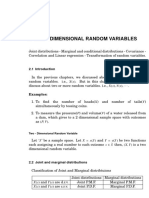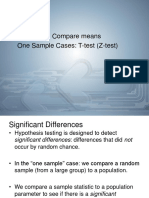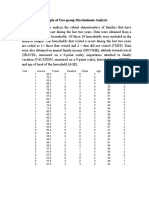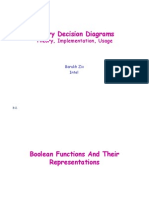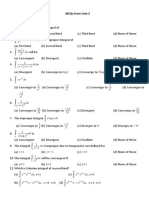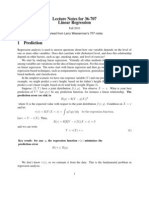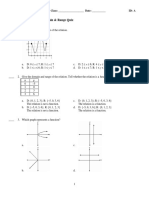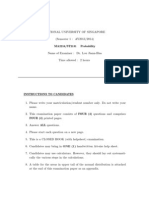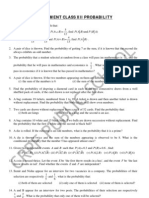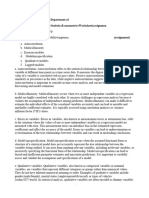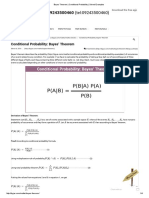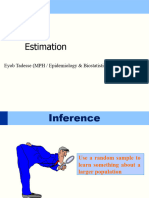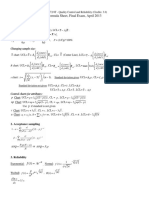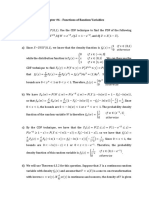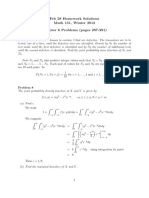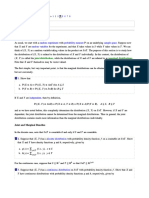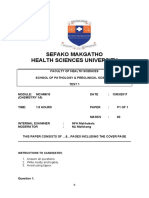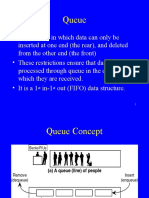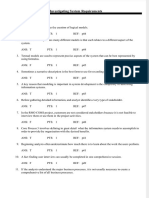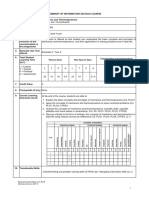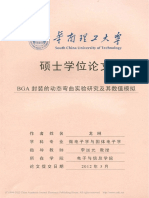100% found this document useful (1 vote)
346 views4 pagesPractice Problems On Transformations of Random Variables
This document provides examples of transformations of random variables and calculating densities of transformed random variables. It includes:
1) Transforming a uniform random variable X to Y=X^2 and finding the density of Y.
2) Transforming a random variable Y with density fY(y)=2(1-y) to several new random variables U1, U2, U3 and finding their densities.
3) Transforming a uniform random variable X to U=√X and finding the density of U.
Uploaded by
MotseilekgoaCopyright
© © All Rights Reserved
We take content rights seriously. If you suspect this is your content, claim it here.
Available Formats
Download as PDF, TXT or read online on Scribd
100% found this document useful (1 vote)
346 views4 pagesPractice Problems On Transformations of Random Variables
This document provides examples of transformations of random variables and calculating densities of transformed random variables. It includes:
1) Transforming a uniform random variable X to Y=X^2 and finding the density of Y.
2) Transforming a random variable Y with density fY(y)=2(1-y) to several new random variables U1, U2, U3 and finding their densities.
3) Transforming a uniform random variable X to U=√X and finding the density of U.
Uploaded by
MotseilekgoaCopyright
© © All Rights Reserved
We take content rights seriously. If you suspect this is your content, claim it here.
Available Formats
Download as PDF, TXT or read online on Scribd
/ 4





